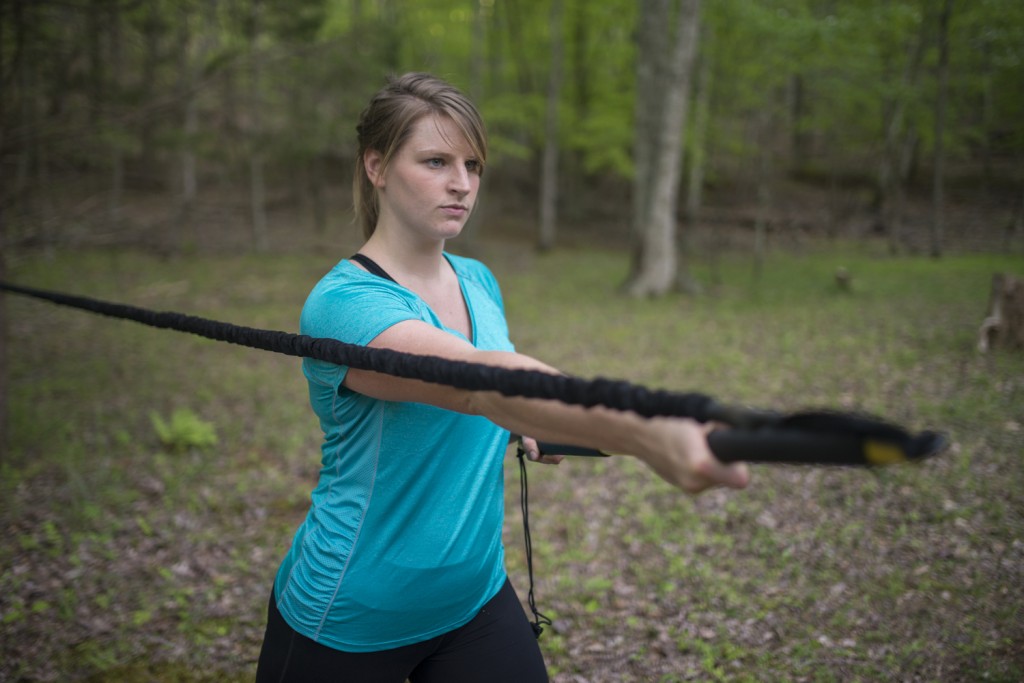Yes, we are built to move but “Moving Well” is not always the outcome of more movement.
Every year, Exercise & Sports Science Australia promote an “Exercise Right” public awareness campaign to promote both “The Benefits of Exercise” and Accredited Exercise Physiologists as the go to professionals for exercise prescription and delivery.
Research suggests that exercise should be the cornerstone of both preventative and therapeutic health interventions.
Especially painful shoulder conditions.
They are trained in “clinical exercise delivery” and “health modification counselling”.
The significant difference being that physiotherapists are trained to provide a diagnosis or “best clinical guess” based on all the available biopsychosocial evidence and a thorough musculoskeletal assessment.
Furthermore, physiotherapists especially those with a specific focus (i.e. shoulder physiotherapy) and years of clinical experience in that one area are potentially going to provide you a superior level of “exercise specificity” and “program modification” to suit your needs and specific condition treatment goals.
Here are some examples:
- If you’ve got a shoulder pain problem then it would make sense, at least in my mind to seek out a shoulder physiotherapist.
- If you are 9 months post shoulder stabilisation and your physiotherapist deems you ready for a targeted strength training program, then seek out an accredited exercise physiologist and get your physiotherapist (hopefully us?) to liaise with them so that your program is the best it can be.
- If you are pain and injury free but have a specific health condition where exercise has been shown to be beneficial then by all means seek out an Accredited Exercise Physiologist and get their expert opinion on how best to promote your health and wellbeing.
My point is that there is some professional hierarchy and segmentation for a reason.
The problem nowadays, especially in the competitive health and fitness landscape is that the professional lines are blurring.
- Get a diagnosis or at least a “best clinical guess” based on all the evidence
- Understand how “exercise” can help your specific condition or problem
- Identify all the contributing factors related to your problem that exercise could positively impact
- Understand that exercise in and of itself won’t always fix the problem – you have to be specific
- Movement is not intuitive so training basic movement patterns and spinal control are essential
- There is a “hierarchy of movement” so make sure – first things come first
- You cannot strengthen anything you cannot first activate
- Move Well then Move More
If the above list of tips, now have you more confused, then I have made my point.
You’ve Got To Exercise Right!
Don’t wait until you’re completely broken – best to seek out a specific professional who knows your problem inside out and back the front and how “exercise” best fits your specific rehabilitation goals.









